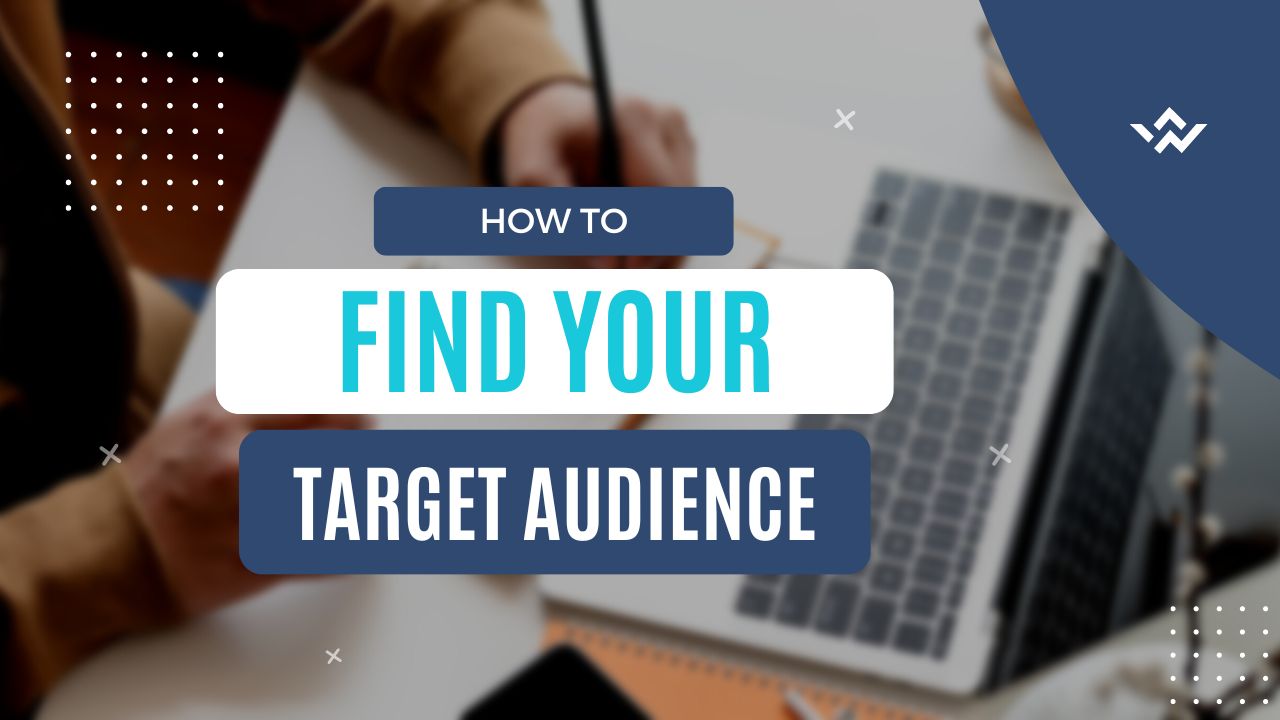Determining Your Target Audience for Social Media

Social Media. Love it or hate it, its presence in our personal and professional lives is not going anywhere anytime soon. And for business owners who hope to leverage its power to grow their customer base and reach a larger audience, it can be both rewarding and an absolute nightmare.
The first thing we need to remember is that these platforms are in continuous flux. What worked two months ago may not hold true today. Algorithms change, updates are made, new rules and regulations are created, and restrictions are imposed.
And all of that falls completely outside of our control.
That’s why most marketing experts (and us) recommend not putting all your eggs in the social media basket. However, just like an adult-sized bib at a Lobster House, everything has its benefits; you just need to learn how to use it to your advantage. You can’t throw up a handful of posts and then walk away and expect to see any results. It takes consistency, creativity, a lot of trial and error, and regularly evaluating what’s working and what’s failing. Because yes, social media can be a nightmare, but it can also be incredibly rewarding for your small business.
So, where do you start?
It may be tempting to start posting to all the platforms all at once, but as the saying goes, less is more. The platform (or platforms) you should focus on first is the one where your target audience already exists. Who woulda thunk, right? This is going to give you the best ROI for your efforts, and you’ll be less likely to feel as if you’re screaming into a void of silence.
This brings us to today’s lesson: How to determine your target audience. Here are some factors to consider.
Demographics: What is the age, gender, location, education, and income level of your target audience? For example, you might reach a younger generation more easily on TikTok.
Interests: What interests and hobbies does your target audience share? People interested in cooking or home decor are more likely to pursue Pinterest than LinkedIn.
Business Type: The type of business you have can also influence which platform you should focus on. If you have a B2B business, LinkedIn is your best bet, as opposed to other platforms that focus on consumer markets.
Purchase Behavior: Understanding the purchasing behavior of your target audience is essential. Are they likely to purchase their mobile device? If so, Facebook or Instagram would be appropriate choices.
Competitor Analysis: Pull out your spyglass and start snooping on your competitors! Which platforms are they using - successfully or otherwise? If they do well on Twitter but their Instagram account is floundering, that’s something to consider for your business.
Once you’ve determined your target audience and where they exist, you can start to focus on those platforms first. Also, keep in mind that different platforms have different strengths and weaknesses. You probably don’t need to use all of them, but it may be necessary to use multiple platforms to reach your target audience effectively.



